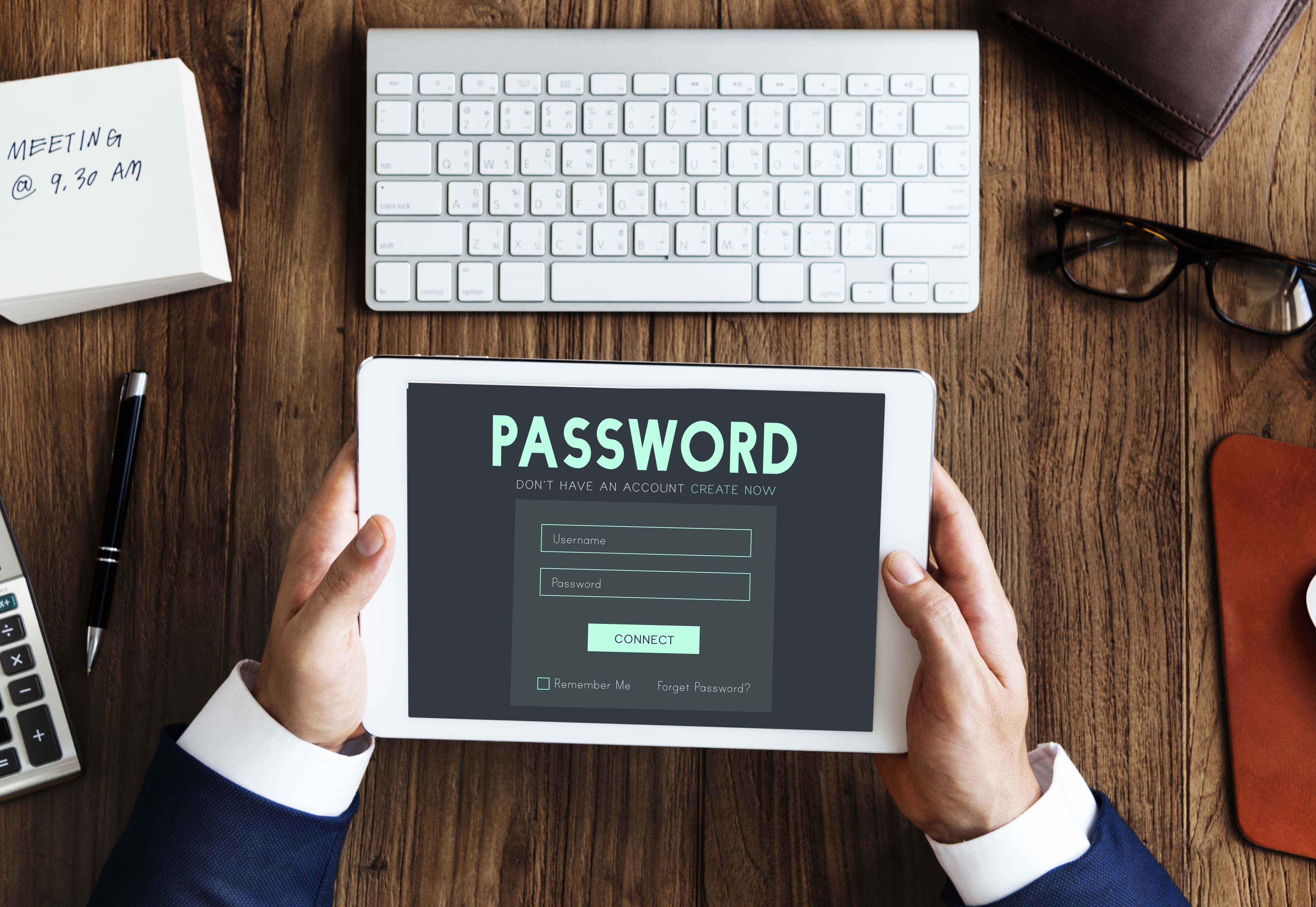
por Rebeca | Oct 5, 2022 | Ciberseguridad
The Internet of Things (IoT) is reshaping nearly every industry, from manufacturing and transportation to home automation, telecommunications, and healthcare. By connecting devices with systems, data, and people, you achieve more personalized, automated, and enhanced experiences for your customers.
Therefore, safeguarding user privacy is becoming more difficult as the Internet of Things gains priority in our daily lives. More and more connected devices mean less control over increased connectivity and data collection activities.
In fact, control can be lost if someone hacks into your computer or smartphone, acting as a remote control for other devices. This form of cybercrime can even go unnoticed, unless a series of significant events occur that shock the user.
Smartphones store an enormous amount of personal data about their owners. With apps tied to email IDs, bank accounts, and in some cases appliances and vehicles, stolen data can lead to massive (and in many cases unsolvable) problems.
But regardless of the Internet of Things (IoT) application, no consumer wants to lose control of their data. They want to determine what and who has access to your personal information, for how long, and under what circumstances.
IAM (Identity Access Management) also helps to identify devices as well as manage user access to data, and traditional IAM solutions cannot cope with the demands of the new era of Internet of Things devices, so it is necessary update the architecture, taking into account the number of device connections and looming security concerns.
Having a customer identity solution that facilitates consistent, multi-channel personalization is key to driving revenue and loyalty.
Customer identity data is one of your most valuable assets, and Soffid can help you protect it everywhere.
Soffid also allows customers to link and manage trusted devices so they can easily authenticate into different applications.

por Rebeca | Sep 7, 2022 | Partner
GASITE, is an expert company in cutting-edge technology. It provides the development of its clients’ digital processes, improving and updating their infrastructure. The objective of this company is to provide top-level solutions in technology and information security.
They have qualified personnel and in constant training. That is why they are at the technological forefront of the technological needs of their clients. Always focused mainly on connectivity solutions, servers and cybersecurity.
If you have a small or medium business and need to implement new technologies, great! You are now part of technological development and growth, and your chances of staying out of date will be reduced.
Cybersecurity is the practice of protecting important systems and sensitive information from digital attacks. Also known as information technology (IT) security or cybersecurity measures are designed to combat threats against networked applications. Whether those threats originate inside or outside the organization.
GASITE puts at your disposal the tools and procedures that are necessary to implement the security of your data. Because your company’s confidential information is its most important asset. Therefore, we invite you to learn more about cybersecurity solutions in Mexico.
In addition, GASITE offers advice and specialized support in information technologies. This company bet on the continuous training of its staff to keep up to date. In this way, it guarantees better advice and support for each of its clients’ needs.
GASITE is one of the companies that collaborates with Soffid in Mexico.
For more information follow the link to their website.

por Rebeca | Sep 5, 2022 | Ciberseguridad, Noticias, Recursos
With so much of our personal information available online, criminals no longer need to go through our trash cans for important documents. For this reason it is essential to protect your digital identity.
For many years, destructive attacks have been studied and documented. Especially those that are done for financial reasons where cybercriminals demand payment to decrypt the data and restore access.
Yet despite attempts to stop this threat, ransomware continues to impact organizations across all industries. Additionally, it significantly disrupts business processes and critical national infrastructure services and leaves many organizations looking for better protection.
Organizations that continue to rely on legacy systems are especially vulnerable to ransomware threats. As these systems may not be regularly patched and maintained.
Key ransomware prevention and mitigation considerations for business and IT leaders
As you plan for a comprehensive defense posture against ransomware threats, here are some key questions to consider:
- How are you defending your organization’s data, systems and employees against malware?
- Are your organization’s systems up to date and patched continuously?
- Are you watching for data exfiltration or other irregularities?
- What is your comprehensive zero trust approach, especially strongly authenticating my employees when they access information?
- Are you taking the right back ups to high assurance immutable locations and testing that they are working properly? This should include testing that does a periodic restore of key assets and data.
- What drills are you conducting to battle-test your organization’s risk management and response to cyber events or incidents?
How cyber security can protect your digital identity
Every time you do something actionable online, like access your social media or sign up for an email subscription, your digital identity grows. This information says a lot about you, so protecting it is crucial.
In the digital age, it’s nearly impossible to avoid having your personal information online. This makes it critical to protect your digital identity. By watching out for phishing scams, protecting your information and securing your accounts, you can stay cyber safe and help defend yourself against digital identity theft.
The use of a secure and robust digital identification system that is capable of protecting privacy is an essential, reliable and user-friendly element for a strong cyber resilience strategy and is a source of new business opportunities and applications for banks, private sector with a return on their investment.
Convergence
Traditional approaches to IAM, which reflect an era when devices were centrally managed and business applications resided behind the enterprise firewall, are becoming increasingly anachronistic. In a post-COVID, post-perimeter world, identity has become the first line of defense. The inevitable result of this trend will be the convergence of identity and risk.
Conventional IAM architectures have relied primarily on the ability to authenticate user credentials to a directory store and grant fine-grained access to business applications on the basis of statically assigned privileges, regardless of any inherent risk posed by a user. This model no longer reflects an IT landscape in which a mobile workforce can use unmanaged smart devices from anywhere in the world to access sensitive data in cloud-hosted business applications.
The new proposal for IAM solutions, as Soffid are, need the ability to evaluate inherent and contextual risk when granting access to sensitive data and applications.
Picture: Foto de malware creado por DCStudio – www.freepik.es
Sources:
(1) Security magazine
(2) Forbes
(3) getcybersafe.gc.ca
(4) securityboulevard

por Rebeca | Sep 5, 2022 | Ciberseguridad
Passwords are designed to give you access to an online world while companies protecting your information. However, password security can lead to attacks. This first point of cybersecurity is becoming a weak spot that can involve dire consequences if unaddressed for companies.
Relying on passwords for security has become increasingly problematic. Devising and remembering a complex password for every account and website is virtually impossible on your own. But using weak and simple passwords is a recipe for data breaches, account takeovers, and other forms of cyberattack.
Password security and Reports tell us about the situation…
For its report The misfortunate passwords of Fortune 500 companies, NordPass researchers analyzed data from public third-party breaches that affected companies. The data included details from more than 15 million breaches across 17 different industries.
The researchers looked at the top 10 passwords used in each industry. In addition the percentile of unique passwords, and the number of data breaches that hit each sector.
The word “password” is still being used, and misused as the most common password across all industries. Including retail and e-commerce, energy, technology, finances, and even IT and technology. Among other passwords in the top ten list, some common choices were “123456,” “Hello123,” and “sunshine.”
According to a Verizon report, more than 80 per cent of data breaches occur from weak or compromised passwords. Because creating the likelihood of an ongoing vulnerability regardless of how much technology is deployed to defeat hackers.
Certified cybersecurity. Multifactor authentication
Education and awareness are becoming more crucial in cyber security, especially in SMEs.
Two-factor authentication is great but you need to educate people about it because most employees complain about it.
The term “two-factor authentication” refers to a second step to confirm who you are. An additional layer of protection will, by default, provide more security than a single barrier.
The easiest way to “lock the door” on technology is employing multi-factor authentication. This security measure requires users to present at least two pieces of evidence before gaining access to a server, device, database or software program. A cybercriminal who has obtained a user’s username and password will not be able to access the system. You would still need to have access to that person’s unlocked cell phone or email to get an urgent verification code.
Especially, to avoid Data Leaks on Social Networks.
See how Soffid can help you stay ahead of the curve in a rapidly evolving digital world. Share your requirements and a representative will follow up to discuss how Soffid can help secure your organization.

por Rebeca | Sep 5, 2022 | Ciberseguridad, Noticias, Recursos
Evidence suggests there is a global cybersecurity skills shortage affecting businesses and governments alike. Which means that organizations are struggling to fill their cybersecurity vacancies.
With the volume and severity of breaches in recent years, it’s unsurprising that businesses are now recognising the risk. As a result they begin to respond accordingly.
In fact, global security spending is predicted to reach $1.75 trillion by 2025. To many, this might seem like a positive step – but we need to consider where that money is going.
A very common tactic adopted by organizations is to throw money at the problem. But it’s proven to be ineffective and can end up making the problem worse. By deploying hundreds of disparate security products to tackle individual weaknesses, the business can become overwhelmed. At the same time, teams will miss the bigger picture.
The importance of workforce
Security awareness training usually takes a fixed approach where one cyber threat is tackled at a time. Workers are not taught to defend the company from threats. Instead, they train themselves with multiple-choice questions that they can easily forget.
It bears no relevance to the role these workers will play in the midst of a crisis. And treats them like vulnerabilities – not defensive assets.
Each member of the workforce has value to add. So instead of these outdated and ineffective methods, organisations need to focus on three simple factors. With this in mind, they can develop the cyber capabilities of their entire workforce. Those factors are: exercising, evidencing and equipping.
In other words:
- continually benchmark the knowledge, skills, and judgement of the workforce;
- demonstrate risk levels across all business functions by using data gathered from simulations;
- and use regular cyber exercises to plug any skill gaps. These criteria are critical.
New strategies needed to close the cybersecurity skills gap
Cyber security challenges will only become more complex, which means we need to be proactive. It takes time to educate and train highly skilled professionals, and time to gain practical working experience.
If we are going to realistically meet these mounting challenges, we must find ways to bridge the cyber skills gap.
By casting our nets wide and leaving no stone unturned, we can build a workforce that is capable of meeting the cyber security challenges of tomorrow.
See how Soffid can help you stay ahead of the curve in a rapidly evolving digital world. Share your requirements and a representative will follow up to discuss how Soffid can help secure your organization.
Sources:
(1) computerweekly.com
(2) cybereason.comPicture:
Foto de concepto creado por Waewkidja – www.freepik.es






